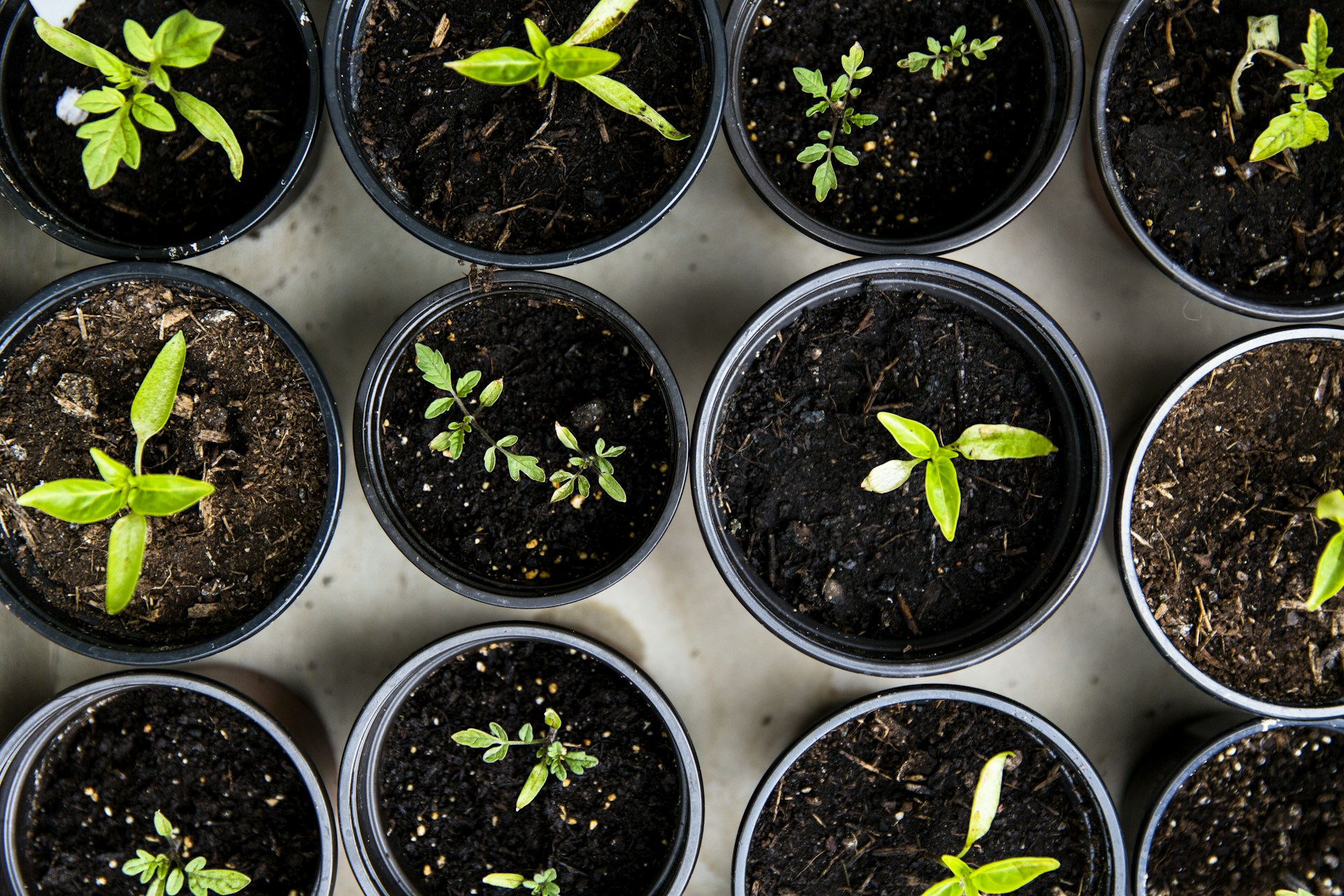
Watering Wisdom: How Much Is Too Much (or Too Little)?
Master the art of watering with this beginner-friendly guide. Learn how to avoid overwatering or underwatering by understanding plant needs, seasonal changes, and simple soil checks for a thriving, balanced garden.
PLANT CARE & TROUBLESHOOTING
P + P
6/27/20252 min read


Watering Wisdom: How Much Is Too Much (or Too Little)?
Tips for proper watering techniques and how to adjust based on plant type and season.
Disclosure: As an Amazon Associate, I earn from qualifying purchases. Some of the links in this post may be affiliate links, which means I may earn a small commission at no extra cost to you.
If there’s one garden habit that stumps even seasoned green thumbs, it’s watering. Too much, and your plants drown. Too little, and they wither. So how do you find that perfect middle ground?
The truth is, watering isn’t one-size-fits-all. It depends on the plant, the season, the soil—and even the container. But with a little insight and a few simple strategies, you can develop an intuitive rhythm that keeps your garden hydrated and thriving.
💧 Why Watering Matters So Much
Water is essential for photosynthesis, nutrient transport, and cell strength. But too much water displaces oxygen and causes root rot, while too little stunts growth and stresses the plant.
Healthy watering supports:
Strong root development
Disease resistance
Better yields and blooms
Overall plant longevity
🌿 Signs of Overwatering vs. Underwatering
Overwatering
Yellowing leaves
Wilting despite wet soil
Mushy stems or roots
Fungus gnats or mold on the soil
Underwatering
Drooping or crispy leaves
Brown leaf tips
Soil pulling away from pot edges
Slow or stunted growth
🌦 How to Water Properly: General Guidelines
✅ Water Deeply, Not Lightly
Give plants a good soak so water reaches the root zone. Shallow watering encourages surface roots that dry out faster.
✅ Water Early in the Day
This allows moisture to soak in before the sun evaporates it and helps prevent fungal diseases that thrive in overnight dampness.
✅ Check Soil Moisture First
Stick your finger 1–2 inches into the soil:
If it’s dry at that depth, it’s time to water.
If it’s still moist, hold off.
🪴 Adjusting for Plant Type
Succulents and Cacti
Store water in leaves; prefer to dry out completely between waterings
Water every 2–3 weeks in cooler seasons
Herbs and Vegetables
Need consistent moisture, especially during hot weather or flowering/fruiting stages
Water when top inch of soil feels dry
Tropical Houseplants
Prefer regular moisture but not soggy roots
Mist or wipe leaves to simulate humidity
Seedlings
Need gentle, frequent watering to keep topsoil moist
Use a spray bottle or light stream
📆 Adjusting for Season and Climate
Spring & Summer
Increase watering as temperatures rise
Early morning watering prevents quick evaporation
Watch for droop in heat (plants may perk up at night without more water)
Fall & Winter
Water less frequently—plants grow slower and absorb less
For indoor plants, monitor humidity and light as heating systems can dry them out
In Rainy Climates
Container plants may still need watering if they're under cover or sheltered
Ensure proper drainage to prevent root rot
🌾 Soil and Mulch Matter, Too
Soil Type Impacts Watering Needs
Sandy soil: Drains fast; needs more frequent watering
Clay soil: Holds water; risk of overwatering
Loam: Ideal balance of moisture retention and drainage
Mulch Helps Retain Moisture
Organic mulch (like straw or bark) reduces evaporation, stabilizes temperature, and improves soil health
Apply 1–2 inches around base of plants—just not touching stems
🚿 Tools That Make Watering Easier
Soaker hoses or drip systems for consistent, low-effort garden watering
Moisture meters to take the guesswork out of checking soil
Self-watering pots for indoor plants or forgetful gardeners
Watering cans with long spouts for targeted delivery
🧠 Final Thoughts
Watering is both an art and a science. By observing your plants, feeling your soil, and adjusting to the seasons, you'll learn exactly what your garden needs—and when. With time, watering won’t be a chore; it will become a grounding ritual that connects you with your plants and the rhythms of nature.
So grab that watering can with confidence. Your plants are counting on you—just not too much.
